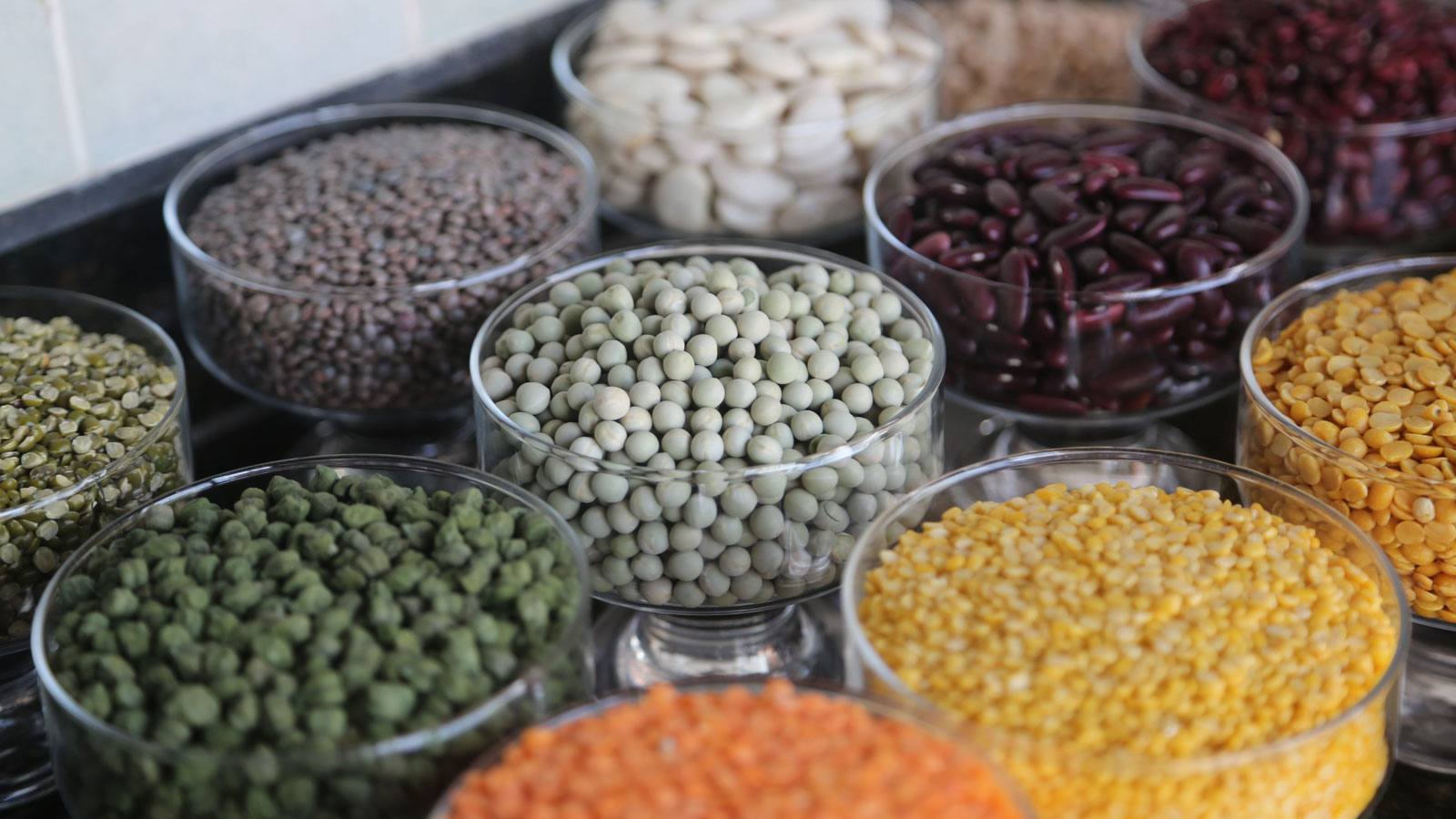WHY IT IS MUST TO SOAK PULSES?
Culinary wisdom handed down generations is one of the most cherished things for most of us.
A recent study proved that soaking reduces the anti-nutritional or harmful properties of lentils.
Plants, in addition to micro and macro-nutrients, contain phytoconstituents or bioactive compounds that have multiple health benefits. While most of them are good, some are classified as anti-nutrients. Which means they do not let the other nutrients be absorbed well by the body.
Some anti-nutrients are lectins, oxalates, phytates and tannins.
Soaking time
There is no guideline for the time to soak pulses. However, she recommends the following.
- Green gram (moong or hesarubele), pigeon pea (tur, arhar or togari), lentils (masoor) should be soaked for eight to 12 hours.
- Split dals can be soaked for six to eight hours.
- Dried whole legumes such as chickpea (chana, kabuli chana, chole) and kidney beans (rajma) should be soaked overnight for at least 12-18 hours.
What to do with soaked water
There are two conflicting recommendations on whether to use or discard the water in which the pulses were soaked.
The soaked water can be used for cooking as it contains micronutrients. Some however disagree and say the water in which the legumes were soaked should be discarded as it now contains tannins and phytic acids.
The benefits of soaked pulses
Ayurveda experts say the digestive fire is optimal around noon. I recommend that pulses should be eaten at noon for good digestion.
- Puts life back in dry pulses
Ayurveda practitioners discourage eating dry foods as they can cause an imbalance in digestion and the air element (vata). Dr Savaliya further says soaking gives prana to the dry seeds and brings the pulses or whole lentils back to life.
- Reduces cooking time
Simplifies cooking by reducing the cooking time. Soaked pulses absorb moisture which speeds up their processing.
- Improves bioavailability
If we eat 10g of something, the amount that gets absorbed by the body is its bioavailability. Dr Suryawanshi says that soaking improves the bioavailability and sprouting (germination) further improves it.
- Improves digestibility and reduces bloating or the formation of gas in the stomach.
The anti-nutrients
Lectins are present in certain seeds and tubers, for example in cereals, beans and potatoes, and act as inflammatory substances. They are resistant to heat and digestive enzymes and may cause food poisoning.
Oxalates are an organic compound found in leafy vegetables, citrus fruits and pulses. Oxalates interact with mineral absorption in the gut and when consumed in higher amounts, it may lead to kidney stones (by binding with micronutrients such as calcium).
Phytates or phytic acid are found in plants that act as antioxidants. But these compounds may also interfere with the absorption of minerals and lead to nutrient deficiencies.
Tannins are responsible for astringent properties and bitter taste. Increased consumption of tannins can interfere with the absorption of iron in the gut.

